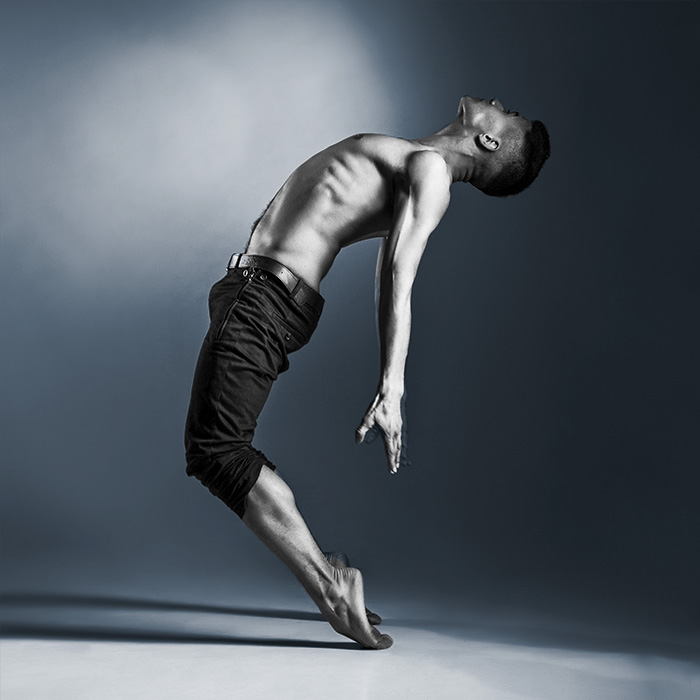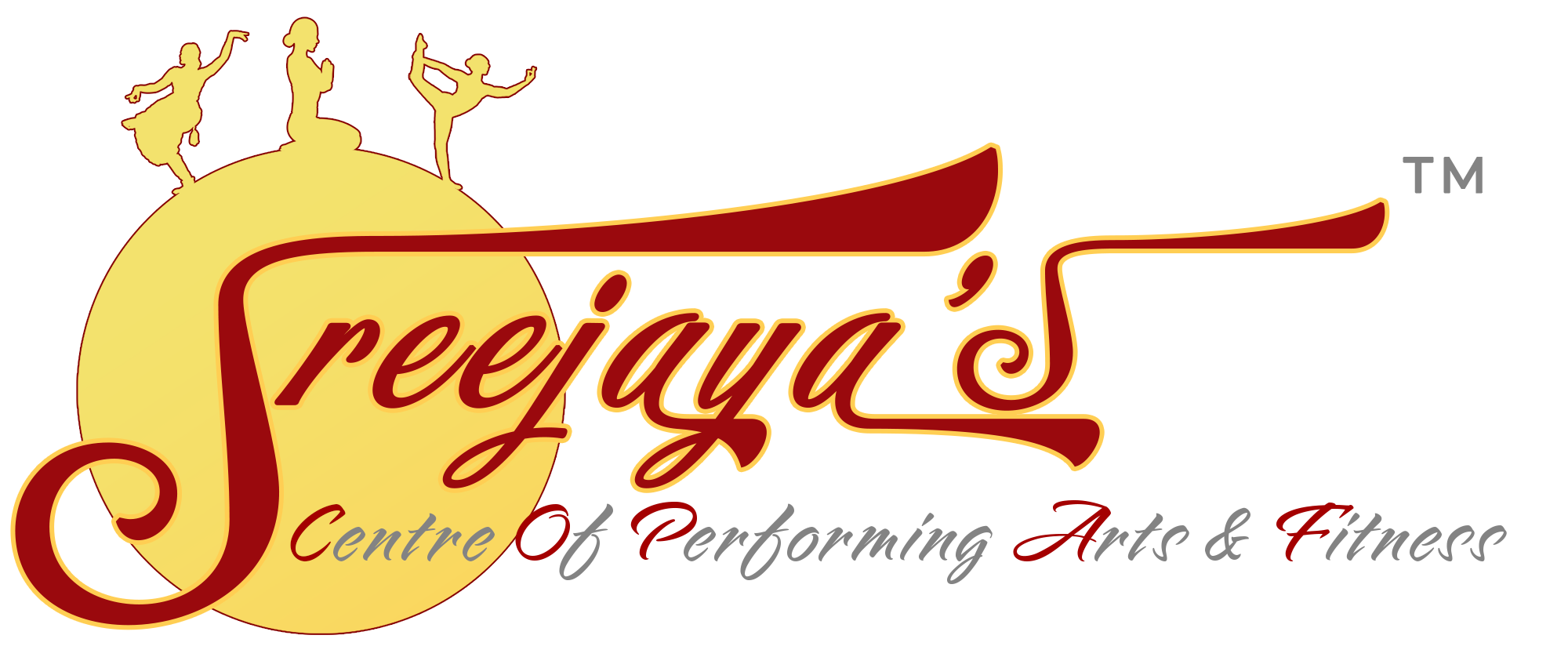Trainning
Our Classes
Bharatanatyam
The precise date and region from where Bharatanatyam (as practiced today), originated is always a matter of debate; this is because of development of the form through time, socio-cultural and political influences and the geographical influences. However, based on scriptural, epigraphical and sculptural evidences unearthed, we can attribute the form “Bharatanatyam” (broadly close to the pedagogy today) as developed during the reign of the Vijayanagara Empire and further flourished under the patronage of the Kings of Tanjavur, Maratha Empire, Wadiyar Dynasty and Maharaja’s of Travancore (Venad Dynasty); all of which ruled prominently in the southern India.
Bharatanatyam is highly lyrical and musical in nature; developed based on the pedagogy of Carnatic Music. However, there are significant factors of Bharatanatyam which has influenced the former. Bharatanatyam is characterised with a rectangular form with precise footwork to the rhythm, graceful movements of the body and sharp-intended Hastas (hand gestures) through which the dancer communicates the literature.
For New Batch Schedules, Enrolment Procedure, Fee Structure, Fee Payment Options and all details, visit www.sreejaya.in

Kathak
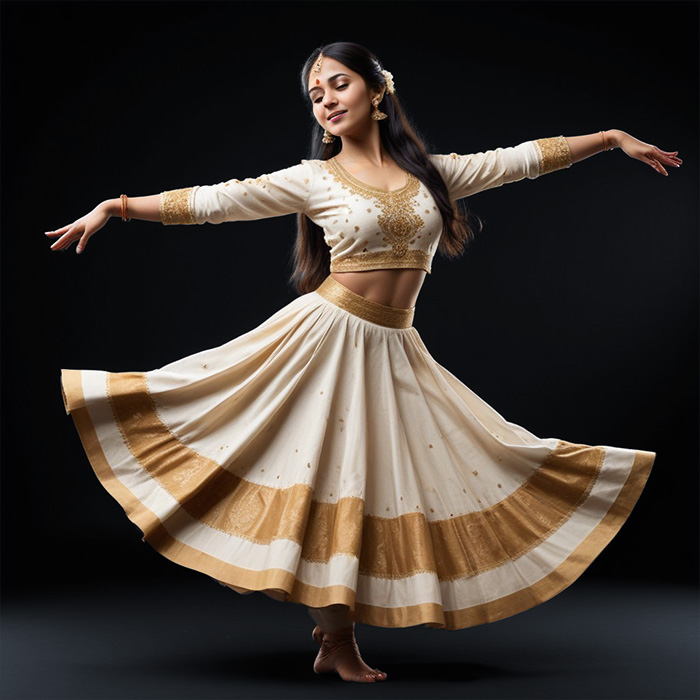
Yoga
Yoga, a practice of India and as old as India herself, has become a global phenomenon, offering holistic well-being. Yoga’s roots lie in the word Yuj, meaning Unity. Yoga has various disciplines: Hatha Yoga focuses on body dynamics and breathing. Vinyasa Yoga is a dynamic flow. Ashtanga Yoga is a rigorous, sequenced practice. And Kundalini Yoga is a combination of postures, meditation, and chanting.
The importance of yoga transcends the realms of physical exercise and extends into the realms of holistic well-being both physically and mentally. This ancient Indian practice which originated thousands of years ago has gained global recognition for it’s numerous benefits including fostering physical well-being by enhancing flexibility, strength, and equilibrium. Mentally, it aids in stress reduction and heightened mindfulness. Additionally, it forges a connection to one’s inner self, cultivating self-awareness and inner tranquillity. Furthermore, yoga’s versatility renders it accessible to individuals spanning various age groups and fitness levels. Its capacity to address issues like anxiety, depression, and chronic pain has earned recognition scientifically. This practice also underscores the value of proper nutrition and relaxation, thereby advocating a healthful lifestyle.
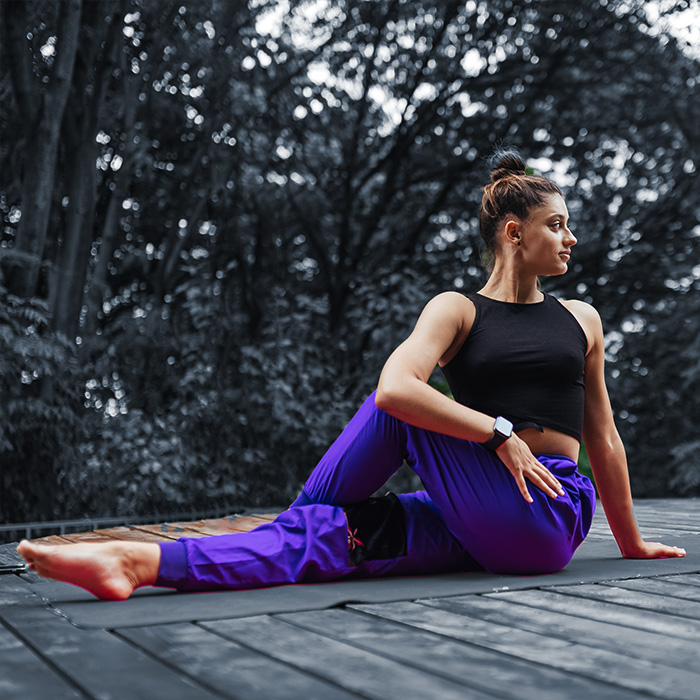
Zumba
Zumba is a dancing fitness programme inspired by the Latin dances (Salsa, Merengue, Soca and such others). Zumba choreography is composed using sixteen core steps. There are four basic rhythms: Salsa, Reggaeton, Merengue, and Cumbia, and each basic rhythm has four core steps.
Zumba helps in losing weight, get in shape, and remain active. Dance and music improves spirits and have been shown to be excellent stress relievers, even therapeutic in some cases. Zumba is an excellent fitness regimen that combines them both with physical activity.
The advantage of Zumba is that it provides a full-body workout. Zumba doesn’t allow any area of the body to remain still, with motions including head, neck, shoulders, waist, thighs, calves, and ankles. The entire body moves to a regimen with the energetic music, giving a well-toned physique; Zumba assists in strengthening your heart and lungs. Weights are used in the Zumba step workout to help build muscle; aiding in strengthening of the muscles of arms, glutes, and legs. Muscle elasticity is intended to increase muscle flexibility as Zumba motions tone and stretch your body’s muscles.

Salsa
“Salsa” is an umbrella term for Cuban dances and music, such as Son, Pachanga, Rumba amd Mambo. Interestingly, like India classical dance forms, Salsa also has different “styles” or “approach of the form” in which it is performed in different regions.
Salsa dance steps can be done individually; however Salsa is most popularly known as a partnered dance where the lead takes the follower through a series of spins and turn patterns to music. Salsa dancers can also break apart to dance solo, known as “shines”. The two main styles of partnered Salsa dancing are linear and circular. In Linear Salsa, dance couples remain in their “slot,” with each dancer switching places from one side of the slot to the other. The second style of partnered salsa dancing is Circular Salsa. Here, dancers circle around each other.
Incorporating other dance styling techniques into salsa dancing has become common, as is the spirit of the form. The evident features of the form are foot work, arm work, body movement, spins, body isolations, shoulder shimmies, body rolls, hand styling, acrobatics, and lifts.
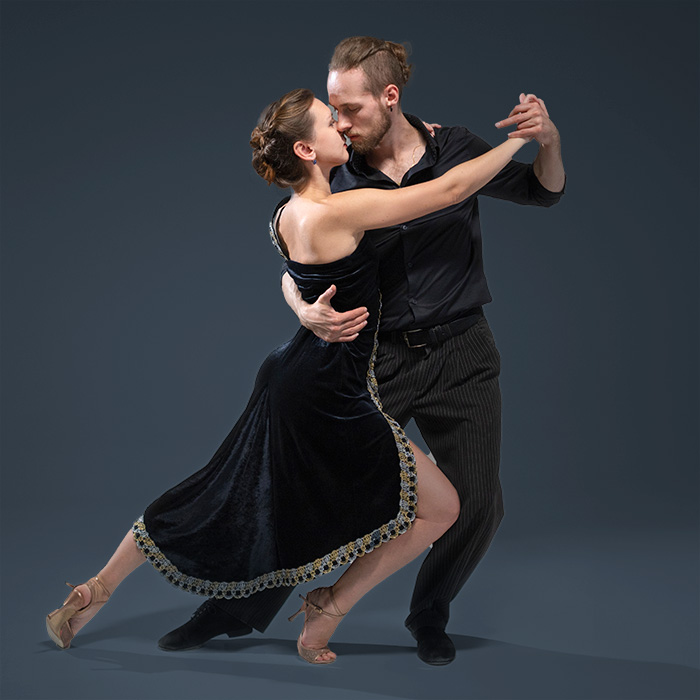
Bollywood Dance
The term “Bollywood Dance” comes from the West, based on the distinctive movements, rhythm, and style of Indian dances. The pedagogy of “Bollywood Dance” is based on the dancing and choreography style of Indian Movie Industry, primarily Hindi film Industry. These choreographies and movements are borrowed from the indigenous dances of India. From the recent years, songs and movements from movies of other regions of India has been considered in the genre.
The highlight of the form is the elaborate dance sequences and sound tracks which are original and signatured. The elements combine a rich texture of India combined with movements from other forms across the world.
Bollywood is the world’s largest film industry (and thus also widely acknowledged dance style) in terms of the number of film produced each year and the number of tickets sold. Bollywood dance has become internationally ubiquitous.
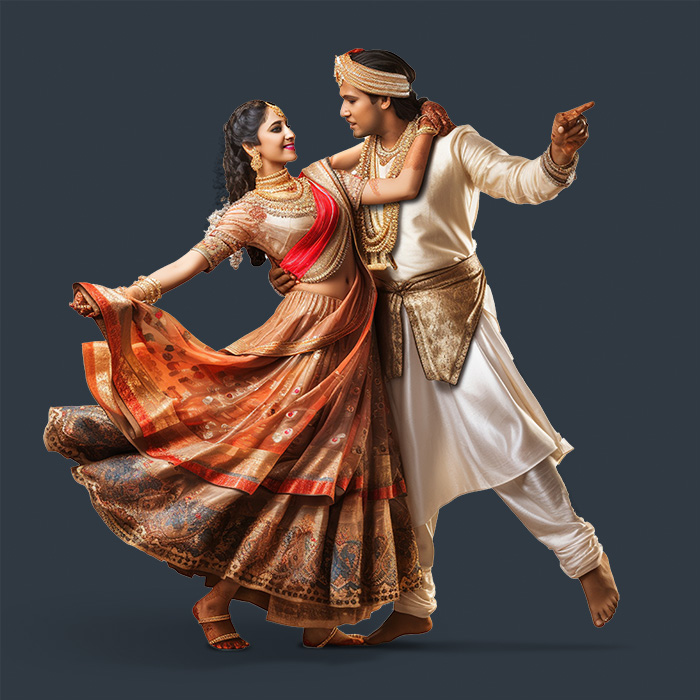
Indian Contemporary
Contemporary dance is a genre that developed during the mid-twentieth century and has since grown to become one of the dominant genres for formally trained dancers throughout the world. Although originally borrowing from classical ballet, modern and jazz styles, it has come to incorporate elements from many styles of dance.
In terms of the focus of its technique, contemporary dance tends to combine the strong but controlled legwork of ballet with modern dance that stresses on torso. It also employs contract-release, floor work, fall and recovery, and improvisation characteristics of modern dance. Changes in rhythm, speed, and direction are often used, as well. Additionally, contemporary dance sometimes incorporates elements of non-western dance cultures, such as elements from African dance including bent knees, or movements from the Japanese contemporary dance.
Indian contemporary has expanded it’s range with movements from Indian dances, which include, neo-classical dances, folk and tribal dances, traditional dances and from the theatre.
